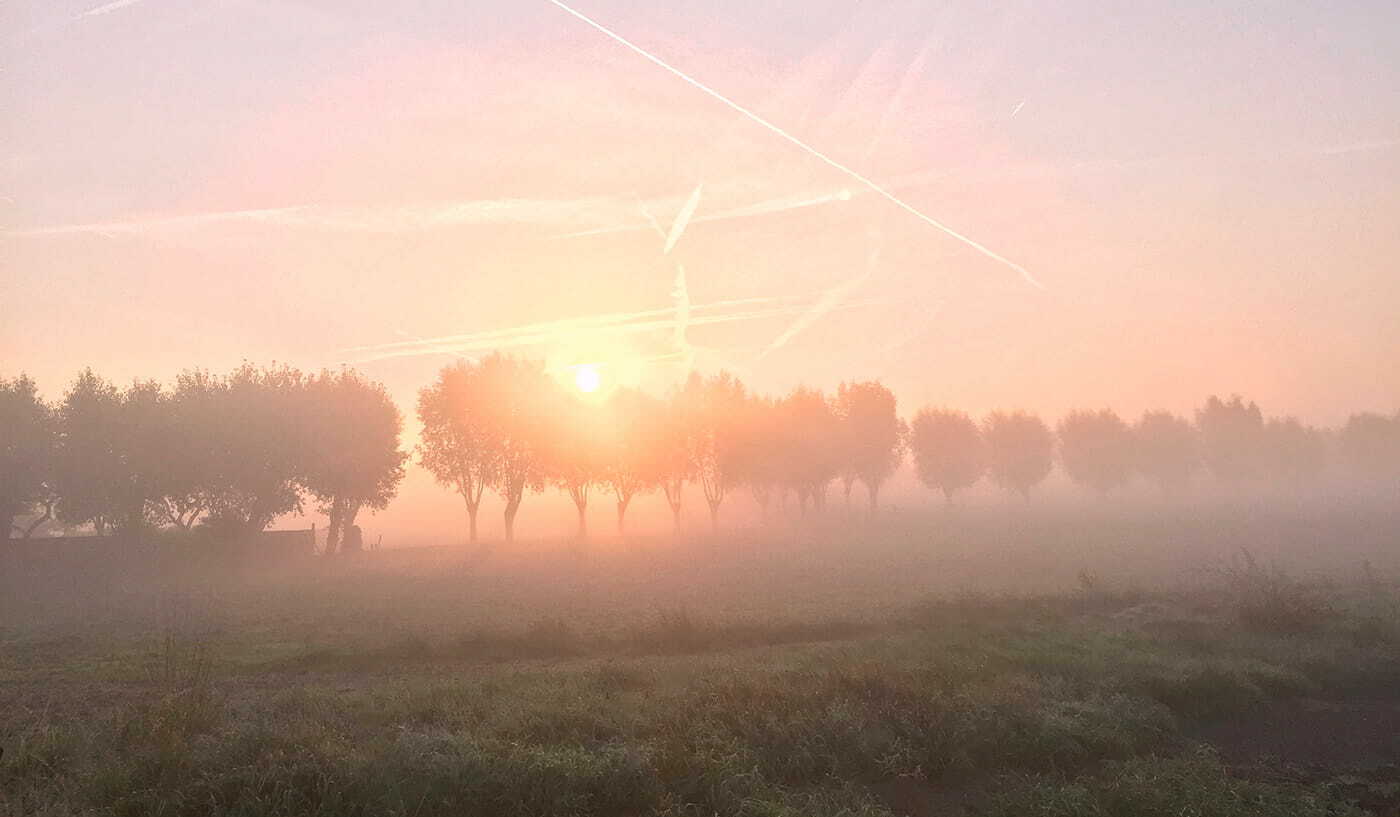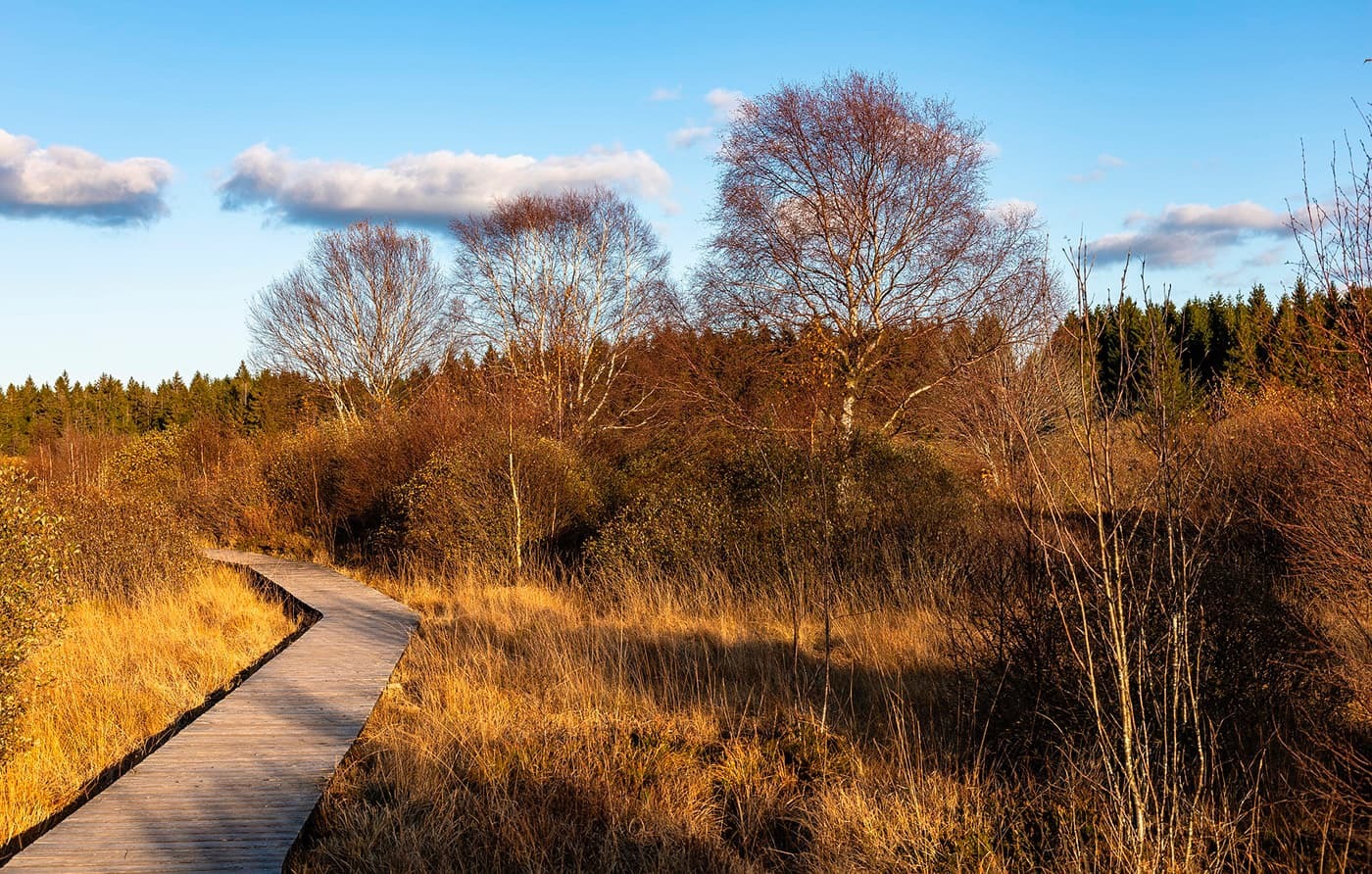Nature Nature embodies tranquility and awe-inspiring wonders, it also offers a vast space for contemplation and reflection.
Peat in Figures
The total peatland area across all EU Member States (EU27) spans 268.000 km², with 51% classified as natural. Also known as mires, peatlands are unique ecosystems that support numerous rare, specialized, and endangered species found nowhere else. Globally, they are vital for climate regulation, serving as significant carbon storage. On a regional scale, peatlands play a key role in managing hydrology, reducing flood risks, and acting as natural pollution filters. Around 33.000 km² of peatlands are protected under the EU Habitats Directive (Annex I).
I had no idea how important peat is, to be honest. I only learned about it recently because of an area 10min from where I live called the ‘De Zeverbeek Vallei’. Researchers conducted drilling there, reaching depths of up to 6 meters, where they discovered intact seeds dating back around 10,000 years to the early beginnings of the ecosystem. That’s the last ice age!

Morning glow at the Zeverenbeekvallei
How does it work?
When plants die, they fall into the water, where the lack of oxygen prevents decomposition. This process traps the carbon contained in the plants—about half of their composition is carbon. Over time, the dead plants accumulate in layers, forming what we call peat. If you prefer an explanation by an actual scientist, I recommend watching this video of the Natural History Museum.
- 33% of the world's carbon is stored in peatlands.
- 3% of the world surface consists of peat.
- 1 mm per year: this much peat is added in optimal conditions.
That is 1 m per 1000 years. - 10 cm per year: that much peat can disappear in an extremely dry year. That means 100 years of peat building lost in 1 year. In a normal year, 1 to 2 cm disappears when the area is drained.
- 5000 years of peat building have already been lost In Belgium.
- 40% of the permitted emissions under the Paris climate agreement will come from peat areas if we do not protect our peat properly.
Carbon Sponge
Considering the recent flooding in Spain, the devastating water-bomb in July 2021—one of the worst floods in Belgium in the past century—and the more recent floods last November in East and West Flanders, it’s clear we need to better protect what remains of our natural flood defences and expand them wherever possible.
We usually lose 1 to 2 cm per year in Belgium, which is 20 years of peat build-up. But in extremely dry years you can sometimes lose as much as 10 cm - so 100 years. On the other hand, if it is very dry for a long time, a wet peat area is a good water reservoir. Nature has the best solutions as some of these peat mosses can absorb twenty times their dry weight in water. That’s amazing!

High Fens, one of the last raised bogs in Europe.
When peat areas are drained (for example for agriculture or forestry or peat extraction), the stored CO₂ is released into the atmosphere as a greenhouse gas. So we really need to keep our peatlands wet. In fact to reach climate neutrality by 2050, virtually all drained peatlands should be restored. With that in mind, it seems unwise for the Flemish government to allocate less funding to the Blue Deal. Given the increasing frequency of floods around us, you’d expect them to take the issue more seriously. Ignorance truly is bliss!
High Fens image by Herbert Aust

